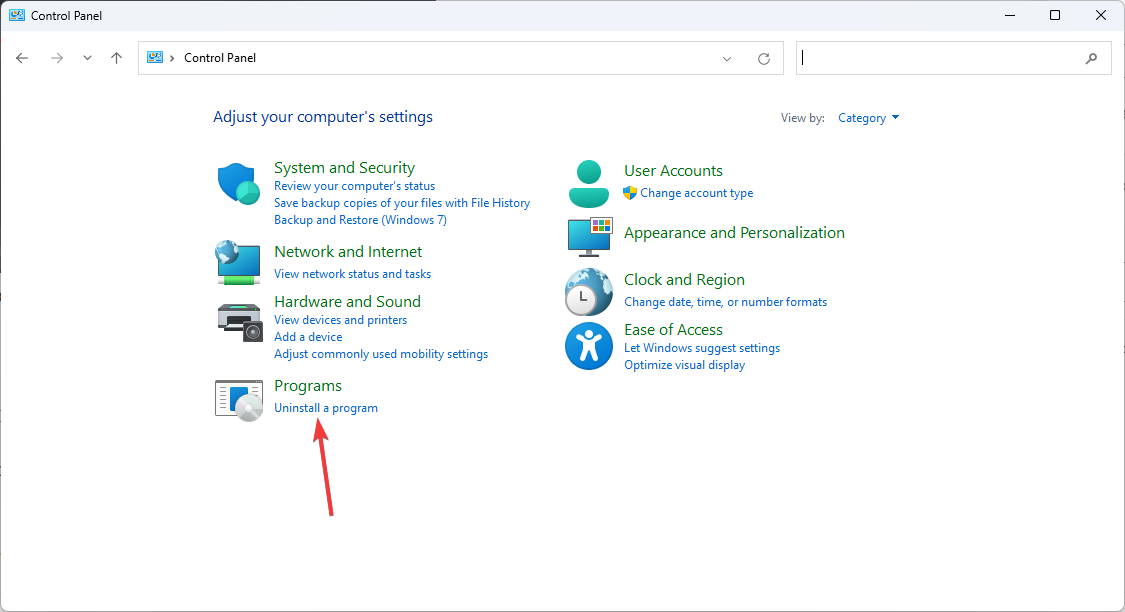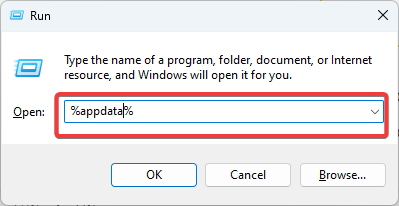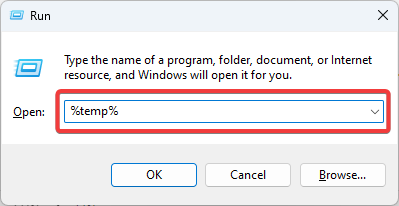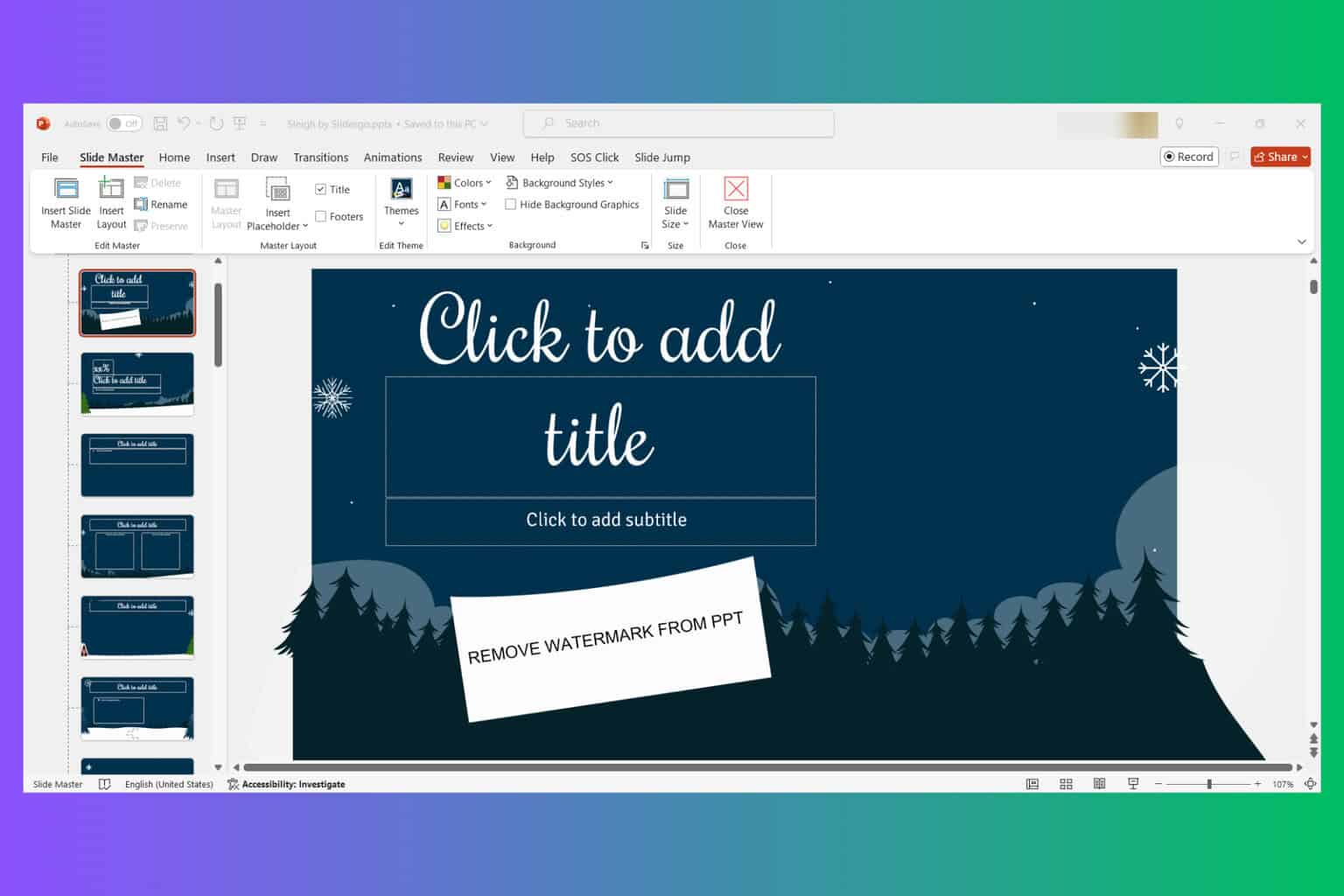Remove Software Leftovers on Windows 10 With These 3 Methods
Using specialized tools is the fastest method
5 min. read
Updated on
Read our disclosure page to find out how can you help Windows Report sustain the editorial team. Read more
Key notes
- Using the inbuilt uninstaller, you may have uninstallation residue, and your best bet is to dig deeper and get rid of them.
- Manually, you can perform a bunch of searches and deletes, or you could use specialized tools to automate this process.

Let us discuss how to remove a program from Windows 10 altogether.
It’s a common practice for all computer users to install software programs regularly to keep up with new technologies or to meet their needs.
Whenever you install software, it creates files on the hard drive and adds registry entries to work efficiently.
What are software leftovers, and how can I get rid of them?
Please use the recently installed program and don’t forget about it. The problem is when you uninstall it because the program might not completely remove itself from your PC.
That’s where software leftovers come into play. To remove a program in Windows, we usually uninstall it from the Control Panel. But, unfortunately, this doesn’t permanently eliminate it.
As a result, your system continues to accumulate unused files that take up space and makes all the actions you perform over time on your PC more difficult.
Entries for the old programs can also remain in the Windows 10 registry, which cuts back on the performance of your machine.
How can I altogether remove programs on Windows 10?
1. Manually remove the software leftovers
1.1 Uninstall the program using the control panel
- Click on Start and select the Control panel app.
- Select Uninstall a program.
- Select the program you wish to uninstall from the app list and click Uninstall.
1.2 Delete leftover folders
- Use hotkeys Windows + R to open the Run dialog, then type in the path below and hit Enter.
%programfiles% - Select a folder corresponding to the uninstalled app and delete it.
- Use hotkeys Windows + R to open the Run dialog, then type in the path below and hit Enter.
%appdata% - Select a folder corresponding to the uninstalled app and delete it.
1.3 Remove software keys from the Windows Registry
- Use hotkeys Windows + R to open the Run dialog, then type in the script below and hit Enter.
regedit - Navigate to the path below:
Computer\HKEY_CURRENT_USER\Software - Look for a key with the name of the program you just removed. If you find a key, delete it.
- Perform steps 2 and 3 for the following paths as well:
Computer\HKEY_CURRENT_USER\Software
Computer\HKEY_USERS.DEFAULT\Software
 NOTE
NOTE
To do a backup, right-click on the key you want to delete and select Export. It will save a REG file with the backup of that key. Once this is done, you may quickly restore the backup if needed.
1.4 Empty Temp folder
- Use hotkeys Windows + R to open the Run dialog, then type in the script below and hit Enter.
%temp% - Empty the content of the folder.
- Use hotkeys Windows + R to open the Run dialog, then type in the script below and hit Enter.
temp - Empty the content of the folder.
2. Use a reliable third-party software
We recommend a premium cleaner for your computer that works magic on unwanted programs, Windows apps, and plug-ins.
This fantastic tool provides a simplified uninstall and auto leftover scan to ensure thorough removal.
Below, you can read the most important features of this software:
- Removes unwanted programs to free up disk space and boost the PC’s overall performance
- Detect all malicious programs, including adware, in real time, and it allows you to get rid of them easily
- Automatically remove all remnants of programs
- Removes stubborn leftover files that other uninstallers cannot delete
- Updates all your software
- Monitors all system changes while a program is being installed

IObit Uninstaller
Remove stubborn leftovers and clean your Windows 10 device with the most powerful uninstaller tool.3. Use a freeware solution
We suggest you use an enhanced tool for Windows that you can use to remove all the software leftovers.
Glarysoft, for example, can wipe off all the junk files in seconds after uninstalling the software.
This software offers a more user-friendly way to remove software leftovers and improve your computer efficiency.
What’s more important, this tool supports batch uninstallation. This means you can even remove multiple applications in just a single click.
It also allows you to make backups so you will never lose essential programs in case of mistakes.
GlarySoft also has a handy Registry repair tool to scan computers, clean registry junk, and fix registry errors.
It performs comprehensive and deep analysis for Windows Registry. It also repairs invalid entries or references that cause computer freezing, system crashes, instability, blue screen, and PC slowdowns.
⇒ Get the Registry Repair tool
Another software recommendation takes care of stubborn programs very well and can uninstall programs others can’t.
Since the tool is portable, you can download it on a USB to help fix buggy PC’s on the go.
The tool performs deep scanning and removes all the junk files and other software leftovers. It also features an efficient user interface and instant startup. In addition, it offers both clean uninstall and forced uninstall.
This article provides you with three effective methods to remove a program from Windows 10 altogether.
Of course, you can always use the Control panel if you want to uninstall a program. But afterward, some file fragments may be left in a few system folders. Therefore, you will need other methods to ensure nothing is left behind.
Have you used any of the methods described above? Feel free to share your experience with us in the comments section below.




















User forum
7 messages